-
- Global (English)
- 阿根廷 (Español)
- 澳大利亚 (English)
- 巴林 (English)
- 巴西 (Português)
- Bulgaria (English)
- 加拿大 (English)
- 智利 (Español)
- 中国 (简体中文)
- 哥伦比亚 (Español)
- 埃及 (English)
- 法国 (Français)
- 德国 (Deutsch)
- Hong Kong S.A.R., China (English)
- 印度 (English)
- 印度 PCC
- 意大利 (Italiano)
- 日本 (日本語)
- 科威特 (English)
- 墨西哥 (Español)
- 荷兰 (English)
- 阿曼 (English)
- 秘鲁 (Español)
- 卡塔尔 (English)
- 沙特阿拉伯 (English)
- 新加坡 (English)
- 南非 (English)
- 瑞士 (English)
- 阿拉伯联合酋长国 (English)
- 英国 (English)
- 美国 (English)
- 委内瑞拉 (Español)
-
- Global (English)
- 阿根廷 (Español)
- 澳大利亚 (English)
- 巴林 (English)
- 巴西 (Português)
- Bulgaria (English)
- 加拿大 (English)
- 智利 (Español)
- 中国 (简体中文)
- 哥伦比亚 (Español)
- 埃及 (English)
- 法国 (Français)
- 德国 (Deutsch)
- Hong Kong S.A.R., China (English)
- 印度 (English)
- 印度 PCC
- 意大利 (Italiano)
- 日本 (日本語)
- 科威特 (English)
- 墨西哥 (Español)
- 荷兰 (English)
- 阿曼 (English)
- 秘鲁 (Español)
- 卡塔尔 (English)
- 沙特阿拉伯 (English)
- 新加坡 (English)
- 南非 (English)
- 瑞士 (English)
- 阿拉伯联合酋长国 (English)
- 英国 (English)
- 美国 (English)
- 委内瑞拉 (Español)

